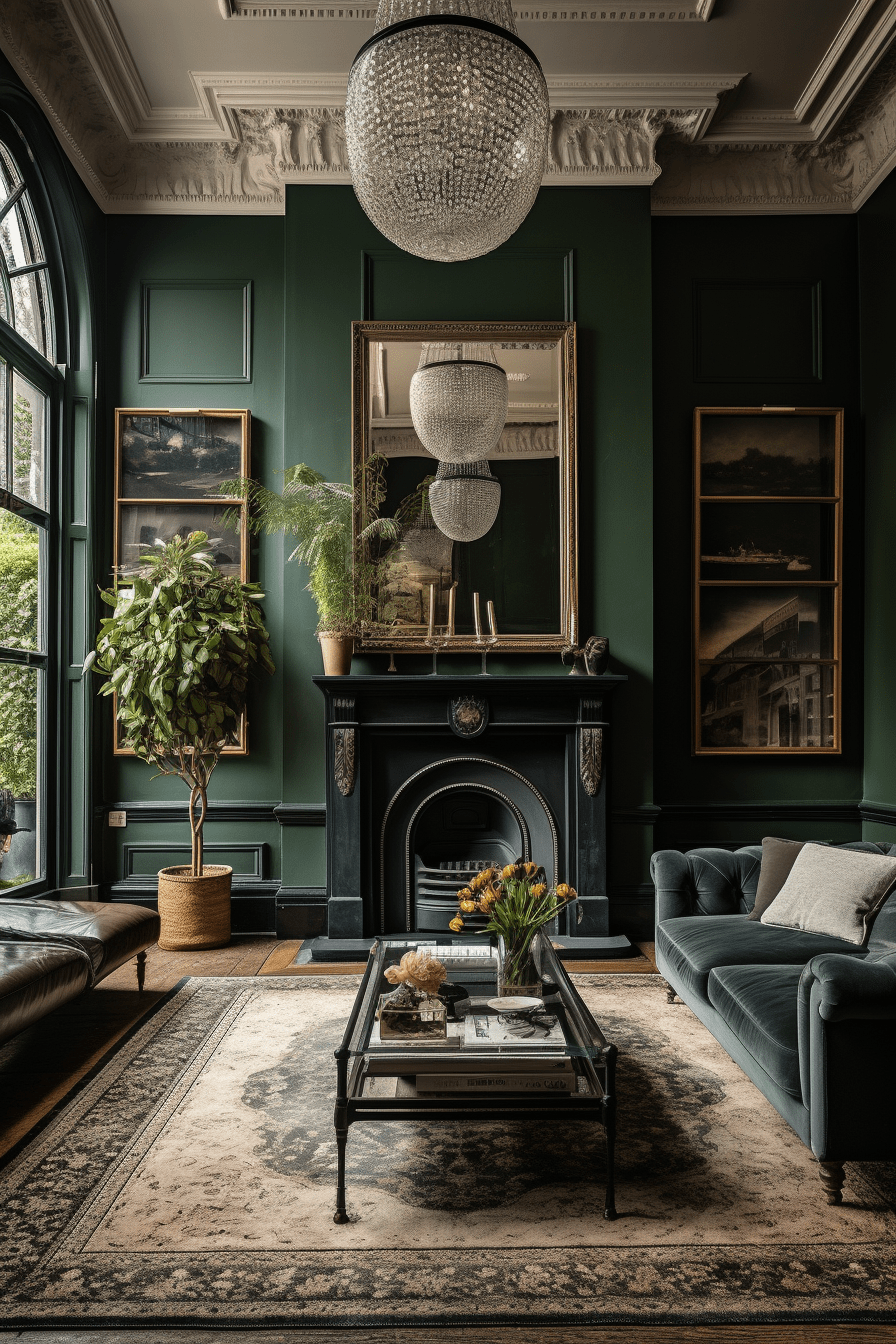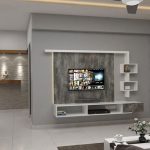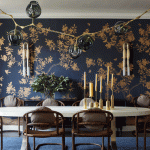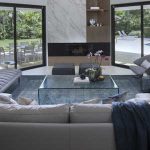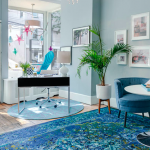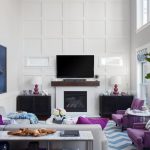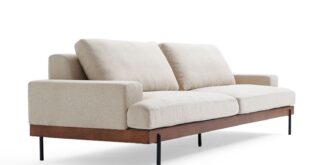Interior design is an artform that involves creating aesthetically pleasing and functional living spaces. It is the process of enhancing the interior of a building to achieve a healthier and more aesthetically pleasing environment for the people using the space. Interior designers are responsible for planning, researching, coordinating, and managing projects to create spaces that are visually appealing and functional.
One of the main goals of interior design is to make a space visually appealing while also being functional. This means considering factors such as lighting, furniture layout, color schemes, and materials to create a cohesive and harmonious design. Interior designers work closely with clients to understand their needs, preferences, and budget constraints to create a space that reflects their personal style and meets their requirements.
Color plays a significant role in interior design, as it can set the mood and create a specific atmosphere in a room. Different colors evoke different emotions and can be used to make a space feel warm and inviting or cool and calming. Interior designers carefully select color schemes that complement each other and enhance the overall design of a room.
Furniture selection is another important aspect of interior design. The furniture in a room should be not only visually appealing but also functional and comfortable. Interior designers carefully consider the size and scale of furniture pieces to ensure they fit well in a space and create a balanced layout. They also select materials that are durable and easy to maintain to ensure the longevity of the furniture pieces.
Texture and pattern are also essential elements of interior design. These elements add depth and visual interest to a space and can be used to create a focal point or add a touch of drama. Interior designers carefully select textures and patterns that complement the overall design of a room and enhance its visual appeal. By incorporating a variety of textures and patterns, designers can create a unique and visually dynamic space.
Lighting is another crucial aspect of interior design, as it can greatly impact the mood and functionality of a room. Interior designers carefully consider the natural and artificial lighting in a space and plan the placement of lighting fixtures to create a well-lit and inviting environment. Proper lighting can highlight architectural features, create a sense of depth, and enhance the overall design of a room. In conclusion, interior design is a multifaceted discipline that requires creativity, technical knowledge, and attention to detail to create spaces that are visually appealing, functional, and conducive to the well-being of their inhabitants.
 efistu.com Home Decor
efistu.com Home Decor
